- Video: Everlasting Pea (Lathyrus latifolius) Seeds can cause Lathyrism disease
- Justified popularity
- Video: Perennial Sweet Pea probably (Lathyrus latifolius)
- Botanical portrait
- How to grow chin from seed?
- Video: Perennial Sweet Peas and Raspberries - How to prune them
- Sweet Pea Care
- Video: Hundreds and Thousands of Sweet Pea Flowers | Garden Tour
- Such a different rank
- Video: Perennial Sweet Peas
- Rate the author (1)
- Comments (1)
Colorful and light, like moths, sweet pea flowers decorate arbors, pergolas, give a festive atmosphere to garden plots. During the entire flowering period, they exude a delicate aroma, because of which they got their name. Planting perennial sweet peas or chinu began in the 17th century and is still cultivated.
So, how to plant perennial peas - further in our article.
Video: Everlasting Pea (Lathyrus latifolius) Seeds can cause Lathyrism disease

Justified popularity
A climbing plant is chosen for vertical gardening even by beginner flower growers for several reasons:
- Intensive continuous flowering from June to October;
- a significant green mass grows during the season (up to three hundred stems per square meter):
- Long-lasting freshness when cut. Chyna makes magnificent mono-bouquets;
- unobtrusive but persistent aroma;
- unpretentiousness.
Understanding the culture of sweet pea farming is much easier than mastering spathiphyllum and its varieties.
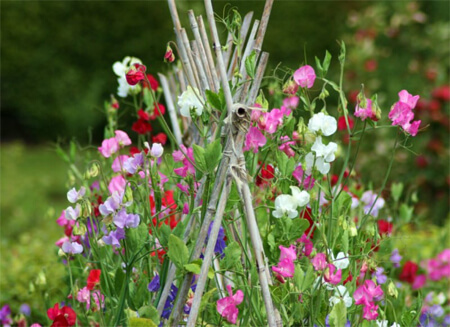
Video: Perennial Sweet Pea probably (Lathyrus latifolius)

Botanical portrait
Sweet peas are found in the wild in Mediterranean countries. As a horticultural crop has been grown since the 17th century. During the cultivation period, annual and perennial varieties were bred.
Gardeners prefer perennials, since the labor-intensive cultivation of seedlings from seeds is done once. Proper planting and simple care guarantee rapid growth for several seasons, without repotting.
Color Features:
- tap root up to one and a half meters long;
- flowers of an unusual configuration, evoking associations with butterflies, orchids;
- stems slightly branched;
- leaves are paired with tendrils at the ends;
- bean fruit
The culture is self-pollinating, in extreme heat it can become cross-pollinated.
The owners who decide to decorate the plot with a chin are surprised how long sweet peas bloom. The first buds appear in early June and decorate the garden until the autumn frosts.
How to grow chin from seed?
In order for the plant to be healthy, to truly decorate the site, you need to know how to properly plant peas and how to care for the plant in the process of growth.
China is planted by seedling method.
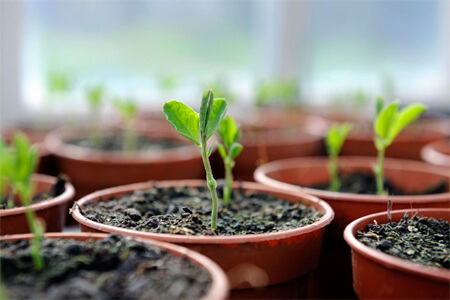
Seed needs preparation:
- the seeds are soaked for half a day in water at a temperature of + 50 ° C. Floating seeds are removed, they will not germinate;
- place for 3 days on a damp cloth or sawdust;
- when the first sprouts appear, the seedlings are placed in the ground. In order not to understand, in what kind of soil to plant an orchid or chin sprouts, you can use a ready-made store mix with the appropriate marking. The substrate can be prepared independently from sod, humus and peat in a ratio of 1:2:2. The soil must be disinfected with a manganese solution or calcined in the oven.
Seedlings are planted in containers with moistened soil, 2-3 pieces in one container. Trays can be used, planted at intervals of 8 cm. The containers are covered with foil and kept in a room with a temperature of 18-22 ° C. After 2 weeks, when sprouts appear, the film is removed, the containers are moved to well-lit places.
If there is not enough natural light, use a phytolamp. The soil in containers should be evenly and moderately moistened.
Seedlings are planted in a permanent place in the 20th of May, when the earth warms up well. Before planting, within 7-10 days, the seedlings “harden” on the street for a short time, which gradually increases. The distance between the bushes is 20-40 cm. Experienced gardeners advise mulching the flower bed with straw to retain moisture and reduce weed growth.
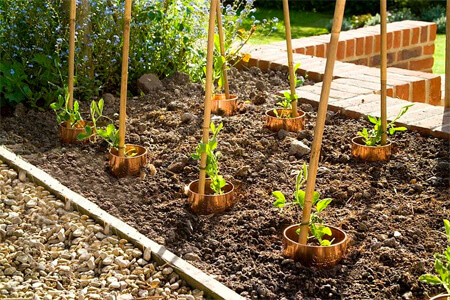
If you want to grow a chin from your seeds, you need to leave a few inflorescences. By the end of the season, bivalve green beans are formed instead. Inside the bean - 8 peas. Seeds need to be removed, dried, packed for storage. They remain viable for up to 8 years.
Video: Perennial Sweet Peas and Raspberries - How to prune them

Seedless cultivation
Sweet pea seeds are suitable for planting in open ground. The plant is photophilous, for planting choose locations well lit by the sun or slightly shaded. The soil should be fertile and loose.
When to plant sweet peas outdoors? In temperate regions, the timing is the same as for planting seedlings. Seeds are buried in the soil to a depth of 1 cm.
In the first year, perennial sweet peas do not bloom. A small bush sprouts from the seed. The plant winters well, every year it grows the root system. In autumn, the lashes are cut off, the places of cuts are covered with sawdust or agrofibre.
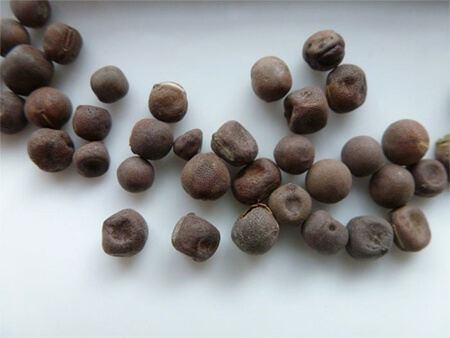
Should I pinch peas?
To stimulate the growth of side shoots, seedlings are pinched. Pinching the stem is performed after the appearance of the fifth leaf.
Sweet Pea Care
Plant care includes the following agrotechnical measures:
- loosening the soil;
- hilling to a height of 5-10 cm to stimulate the development of the root system, the emergence of new shoots, more intense flowering;
- watering, it should be regular, uniform. Moisture deficiency leads to wilting of buds;
- Regular removal of flowers that have withered. This manipulation improves the appearance of flowers, stimulates the formation of new buds.
- feeding. In the spring, a solution of urea and Nitrophoska is added to the soil, fertilizers with potassium sulfate are added during the flowering period.
Beginner gardeners are wondering do I need to tie up sweet peas? Yes, tall varieties that reach up to 2 m in height need supports. Shoots lying on the ground begin to hurt, may rot, flowering is weakened. The branches are tied to twine or trellis. Low grades do not need to be tied up.
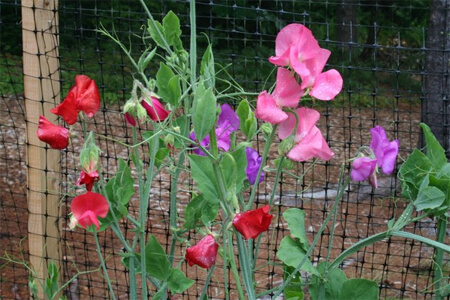
Video: Hundreds and Thousands of Sweet Pea Flowers | Garden Tour

Such a different rank
The first cultivar of sweet pea was bred by the English horticulturist Henry Eckford. Then his followers from other European countries brought out more than a hundred new varieties. The plant has been and remains a trend for vertical gardening. Today, more than a thousand varieties of chiny with a bright palette of colors are known.
An interesting fact: among all varieties, there is not one with yellow flowers.
The most famous varieties:
- Milky Way with whips up to 1.5 meters;
- Spencer. Feature - flower with wavy edges;
- Sir Arthur with pale lilac inflorescences;
- Royal is a heat resistant variety.
The variety of plant species and varieties opens up great opportunities for experimentation.
Video: Perennial Sweet Peas










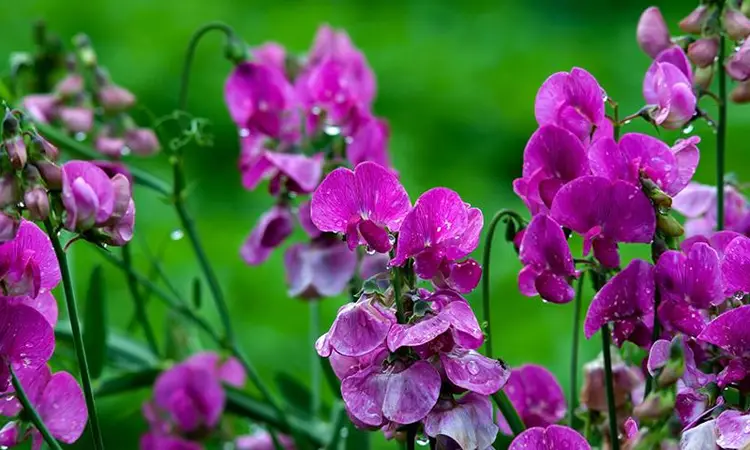



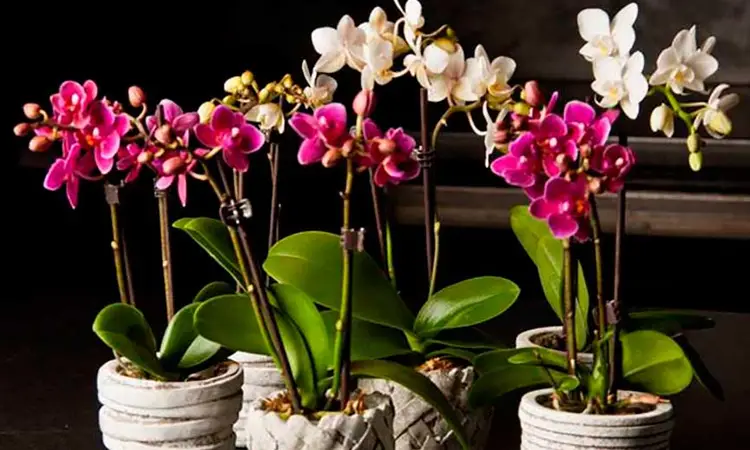
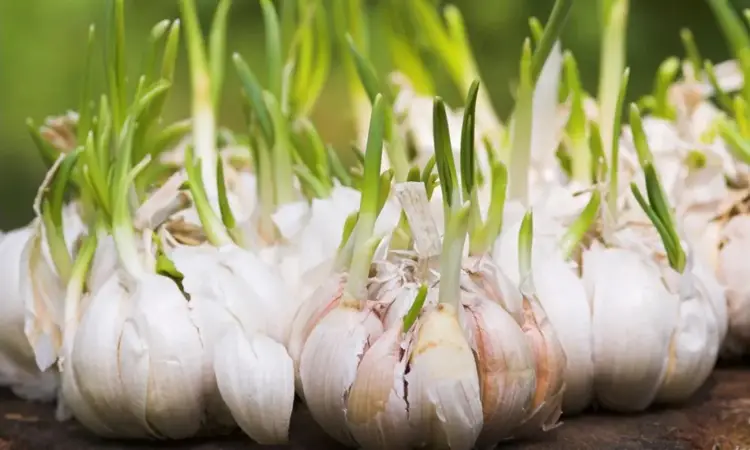
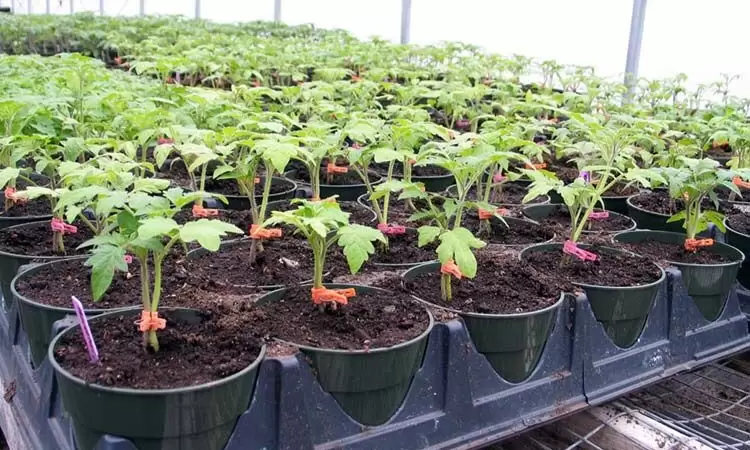
Comments (1)